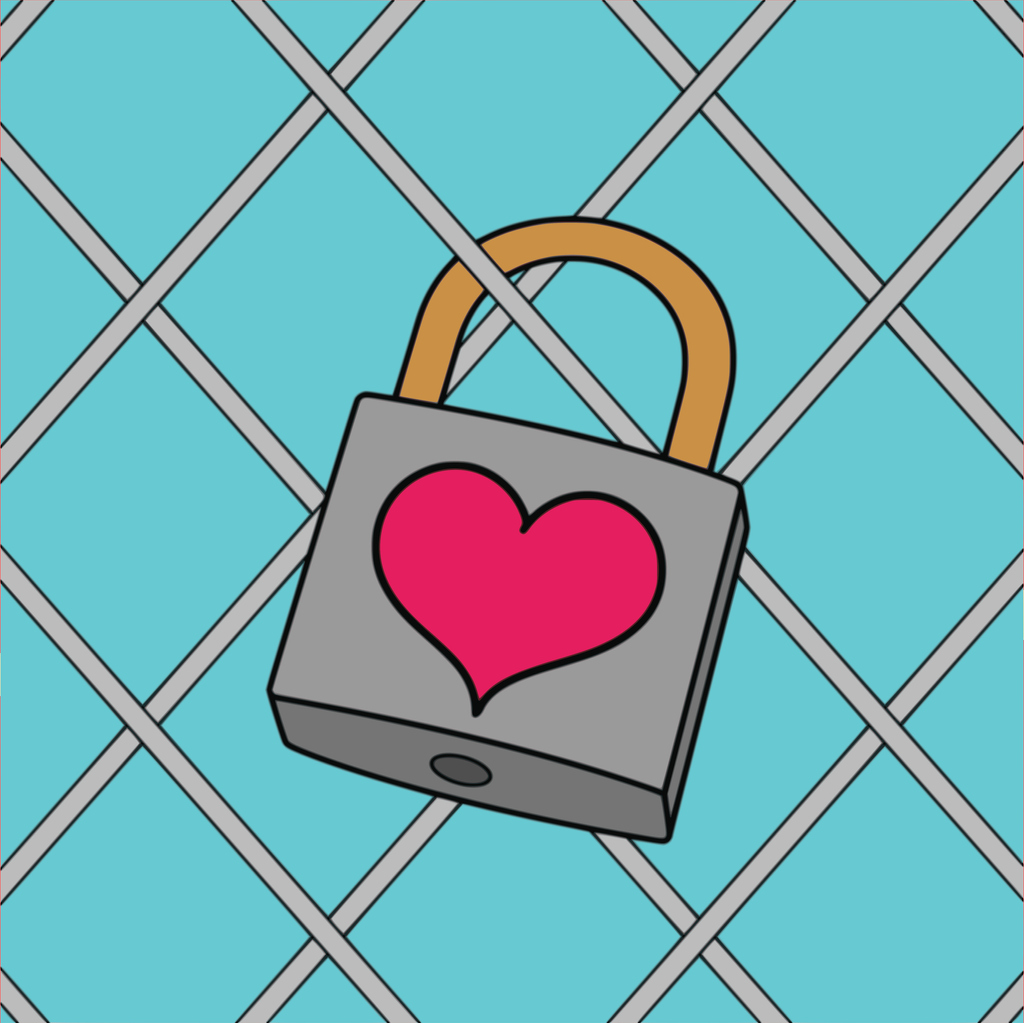Five years ago, I started hearing stories about people having their fire insurance cancelled.
After hearing repeated complaints, I finally decided to stop scratching my head and find out what was happening and why so many homeowners were losing coverage.
Obviously, what I did not know but soon found out was that insurance companies whose balances sheets were being scorched by massive wildfire losses, were pulling out of fire prone communities en masse.
As wildfires became a horrific and recurring event, more and more companies cancelled the fire portion of their policies and in some cases, withdrew from certain regions altogether.
As homeowners panicked in the scramble for coverage, calls to insurance agents accelerated. Whereas before, insurance agencies saw a good portion of their policies auto-renew, now the number of phone calls increased dramatically and with each phone call came a request for quote. Making matters worse, many homeowners sought out multiple quotes. This spike in the number of quotes soon reached a fever pitch and customer service response plummeted. One agency was rumored to have a recorded answering machine saying if you weren’t a current customer, don’t bother leaving a number.
At that time, my insurance agency did not sell fire insurance. When I heard more and more stories about homeowners not being able to get answers in a timely fashion, I scrambled to obtain the Property and Casualty licenses so we could add fire insurance to our repertoire.
It was then I found out just how dire the situation was becoming.
Around 2019, when we started advertising we were offering new fire insurance policies, the amount of phone calls lit up the switchboard and hammered the email servers into overdrive. With the inquiries came a massive undertaking of quoting policy after policy, only to find out the “hit rate” per quote was becoming somewhat less than desirable. As we struggled to keep up, the calls kept on coming.
Although we strive to keep our customer service at the highest possible level and return all calls, the workload for some agencies may have simply become unmanageable.
The following few years did see a reduction in inquiries somewhat, and obtaining coverage, even though expensive, was possible. Most customers in fire prone areas could get coverage by buying two policies. A “Difference in Conditions” policy called a DIC or Wrap from the standard insurance companies. The Wrap policy covered most perils except fire and a few others that are related to fire. This left the need for fire coverage and plugging the holes in the coverages that the wrap policy did not cover and that is where Cal Fair comes in.
I can best explain Cal Fair as an entity that contains all the insurance companies that provide property and casualty insurance in the state, smooshed together in sort of a forced “financial marriage” with each other. The combined companies share in the profits and share in the losses from the perils they cover. It operates as one large entity with the combined financial strength of all the companies in it, which is necessary due to the financial devastation a large wildfire can cause.
Besides pricing objections, homeowners could still get coverage with a wrap policy by a standard insurer coupled with a fire policy from Cal Fair.
Although there were many individual companies that would offer the limited wrap coverages, after a while, even some of those companies started pulling out of California.
Fast forward to today and more and more of the individual insurance companies that don’t even cover fire are pulling out of the state. That means even if a homeowner can obtain a Cal Fair fire policy, they are still finding it harder and harder to get the wrap policy.
And although the companies that sell the wrap policy for the most part are not exposed to fire risk, any time there are two insurance companies being responsible for the same house, there is strong possibility for there to be infighting no matter what the cause of the loss.
Like two lions fighting over a kill, the bigger one eventually wins out and the other goes its own way.
It could be because Cal Fair has the combined financial strength of the multitude of insurance companies that make it up, and therefore is the biggest dog in the fight should an argument commence.
Either that, or just covering a home that is in a high fire risk area is bad business for an insurance company, no matter what their legal exposure is.
“Watching the markets so you don’t have to”
(As mentioned please use the below disclaimer exactly) THANKS (Regulations)
This article expresses the opinion of Marc Cuniberti and is not meant as investment advice, or a recommendation to buy or sell any securities, nor represents the opinion of any bank, investment firm or RIA, nor this media outlet, its staff, members or underwriters. Mr. Cuniberti holds a B.A. in Economics with honors, 1979, and California Insurance License #0L34249 His insurance agency is BAP INC. insurance services. Email: [email protected]


